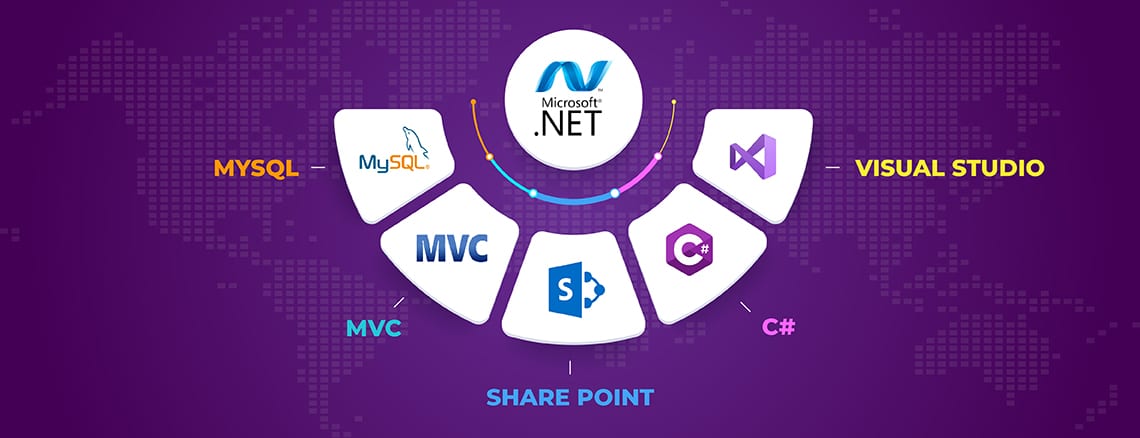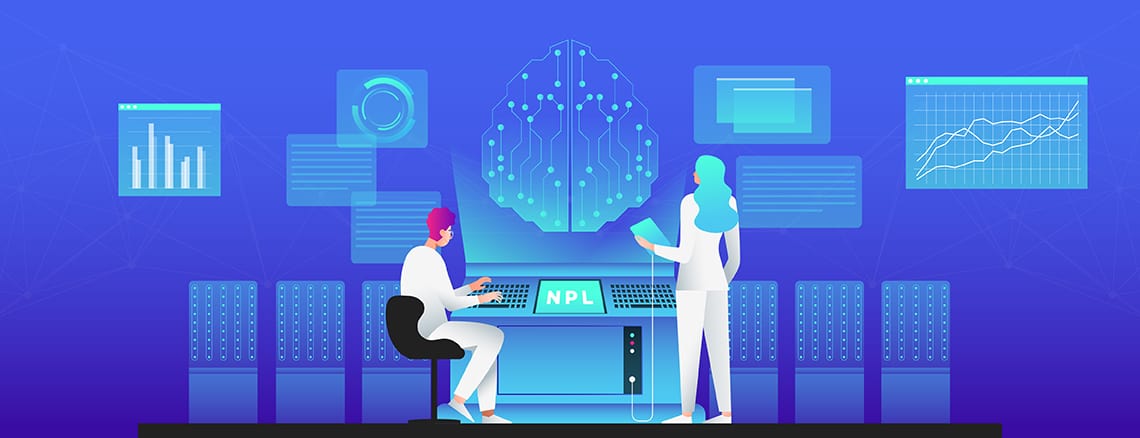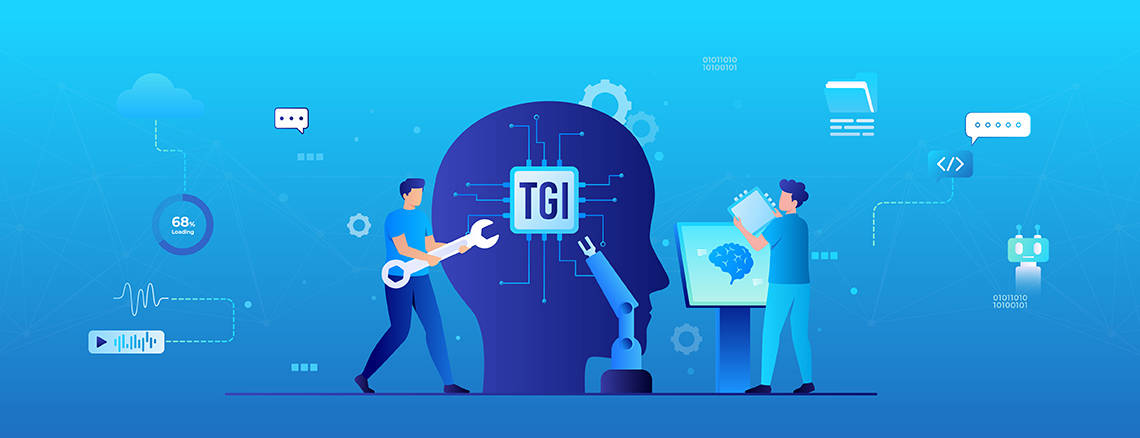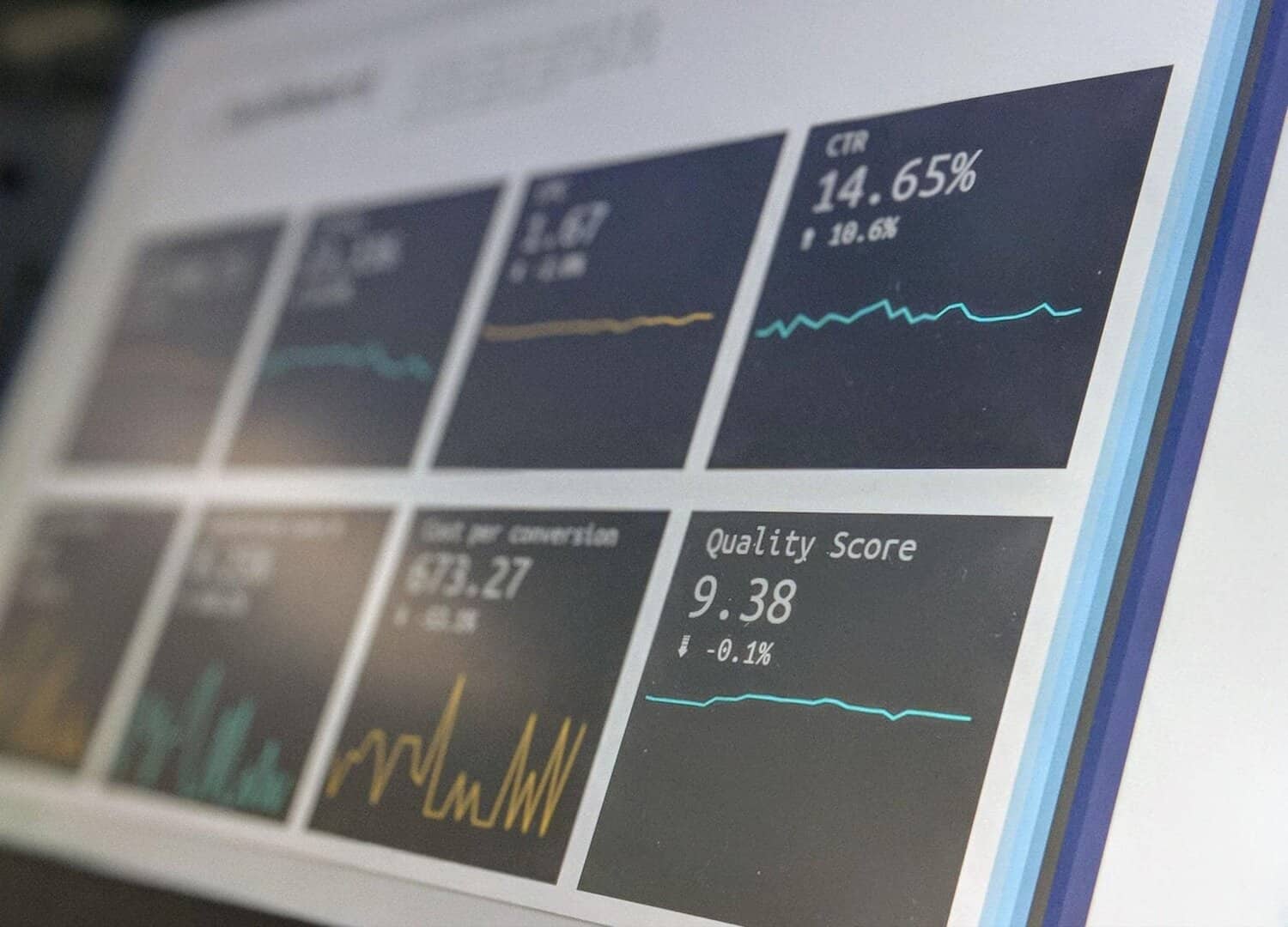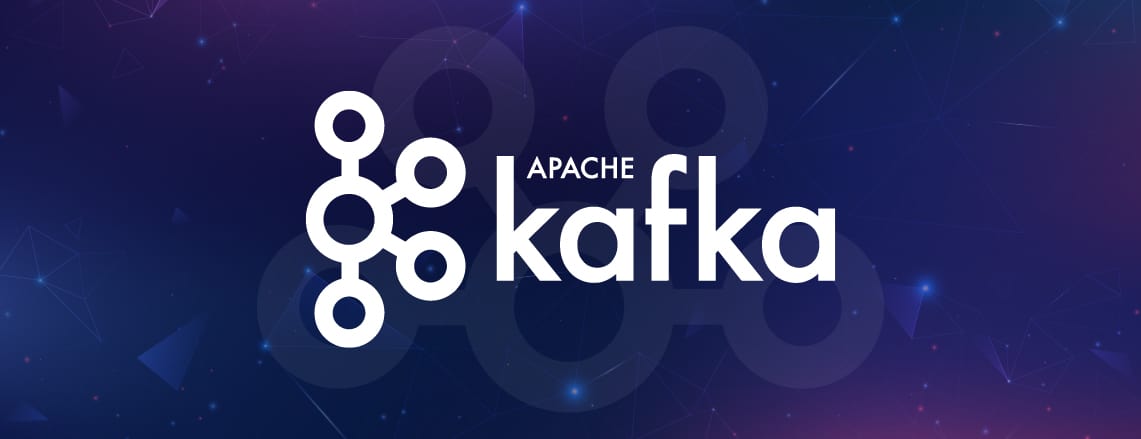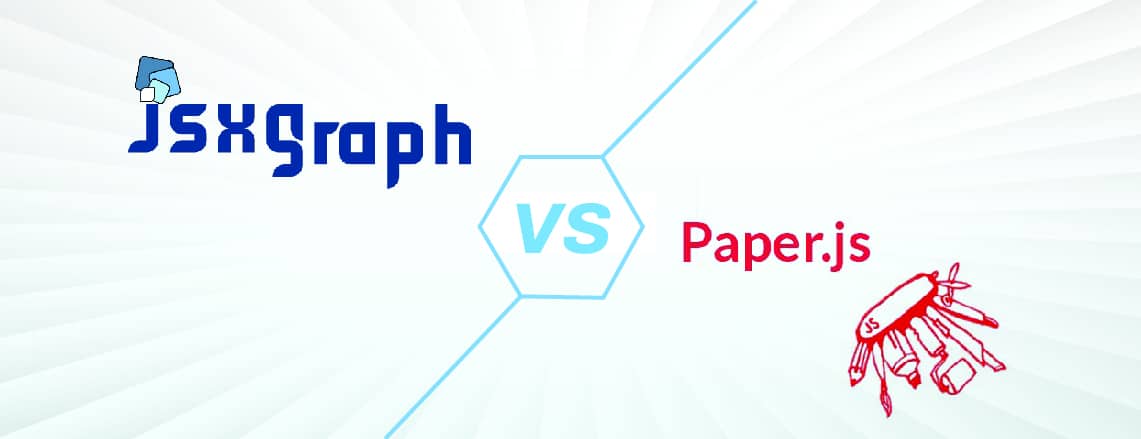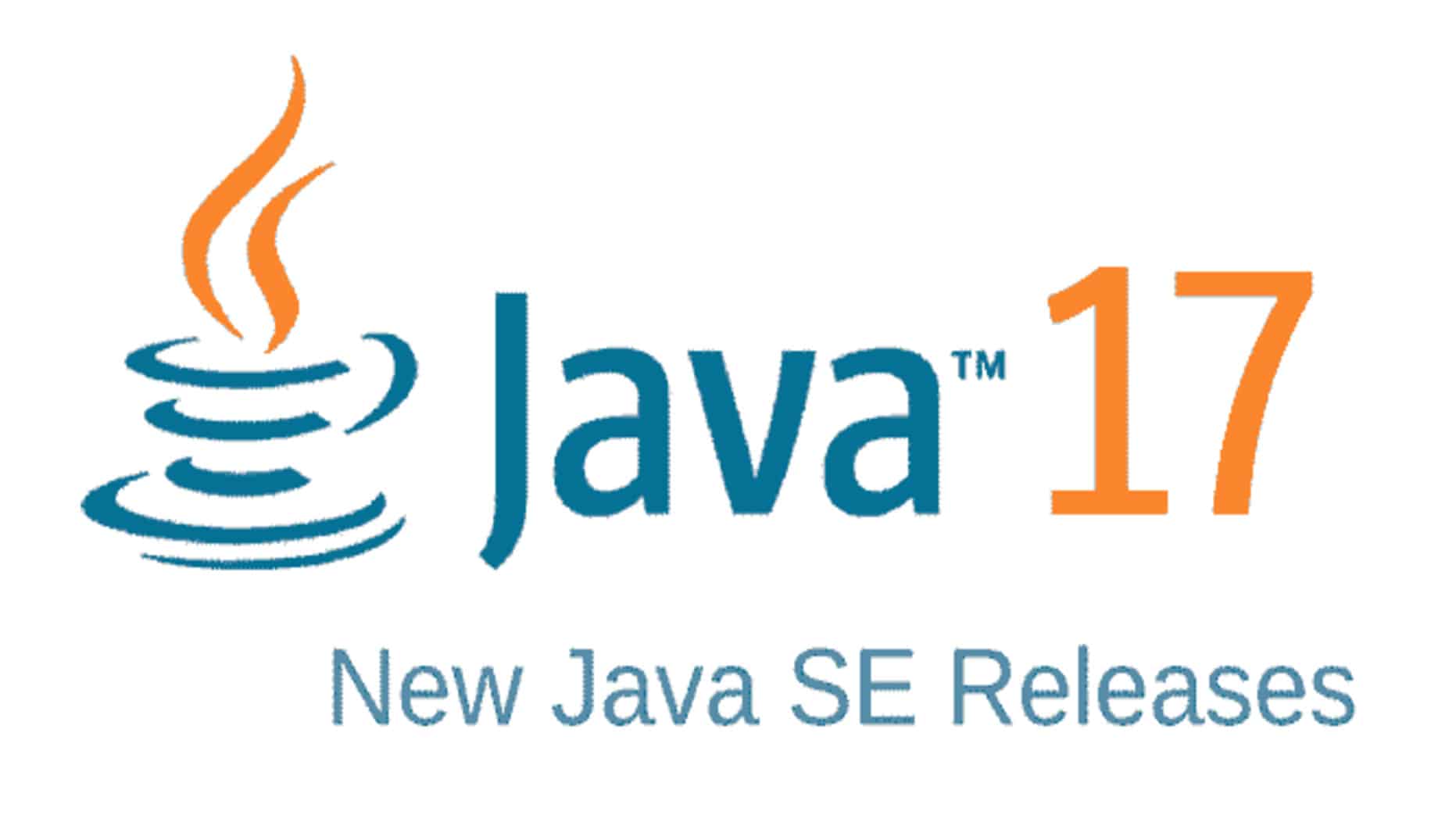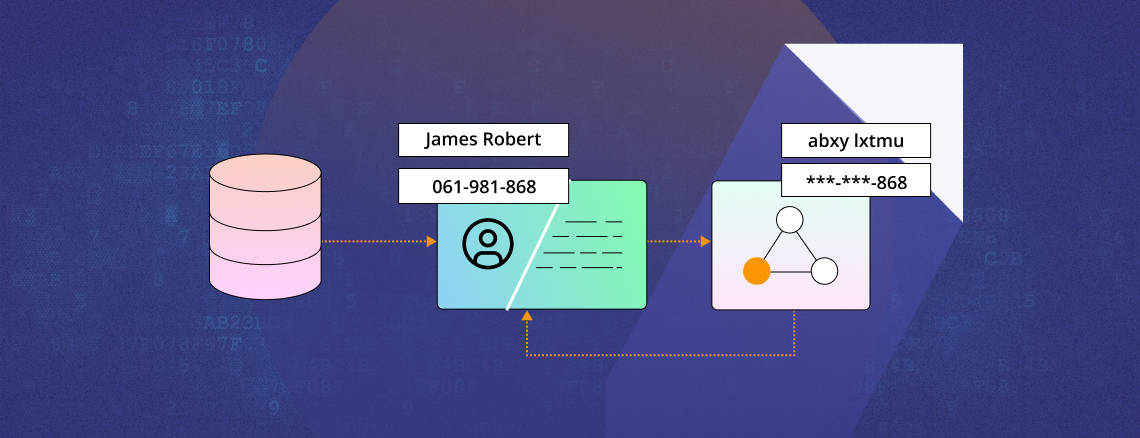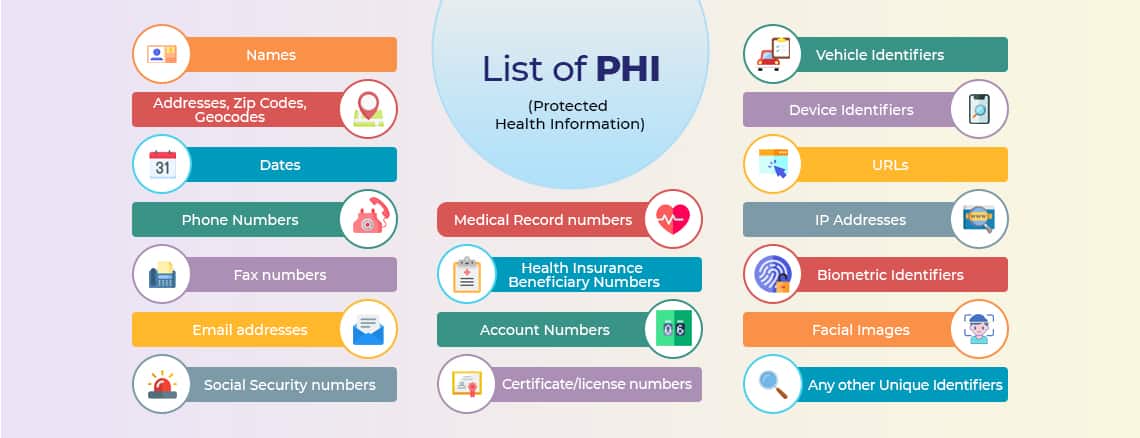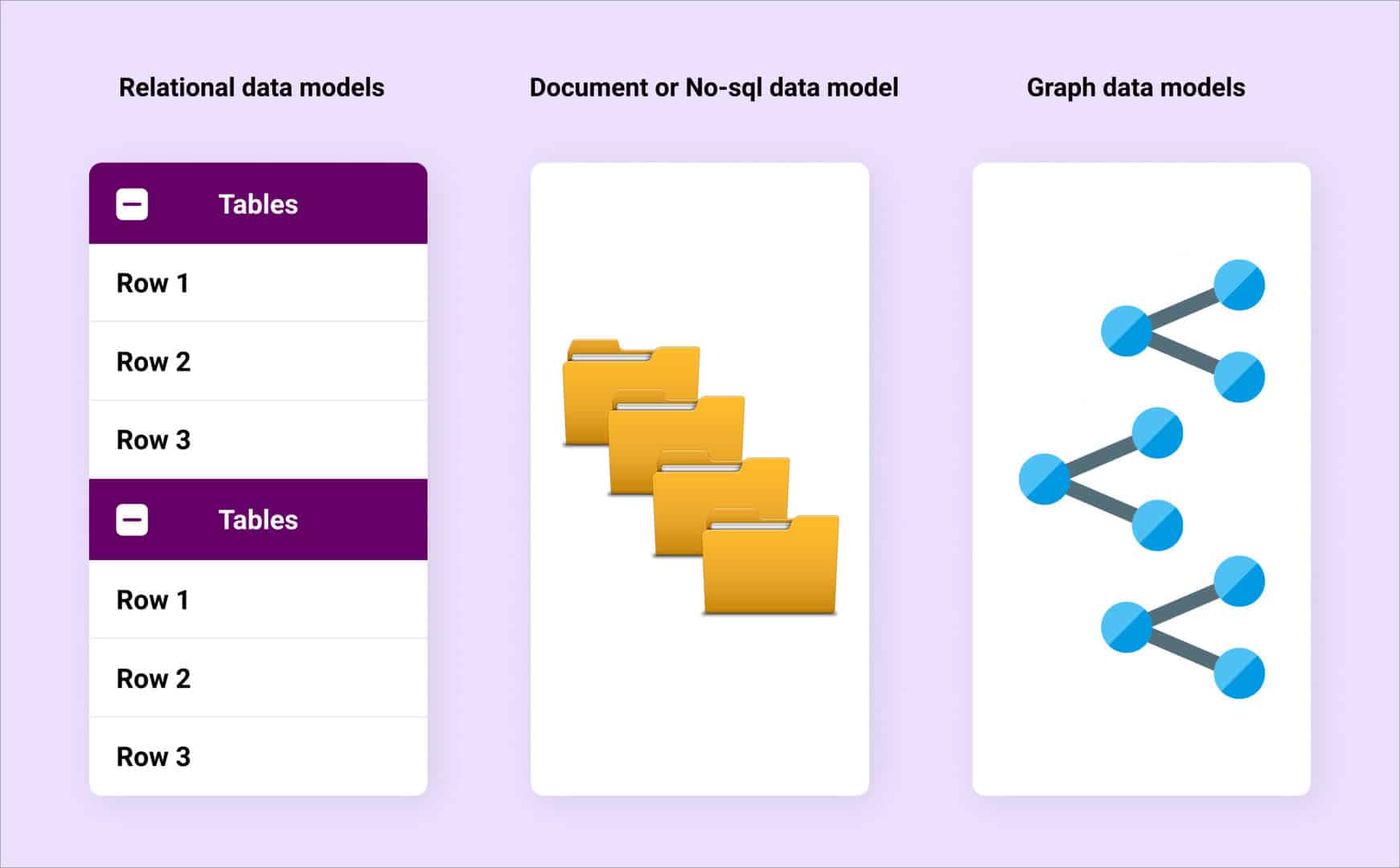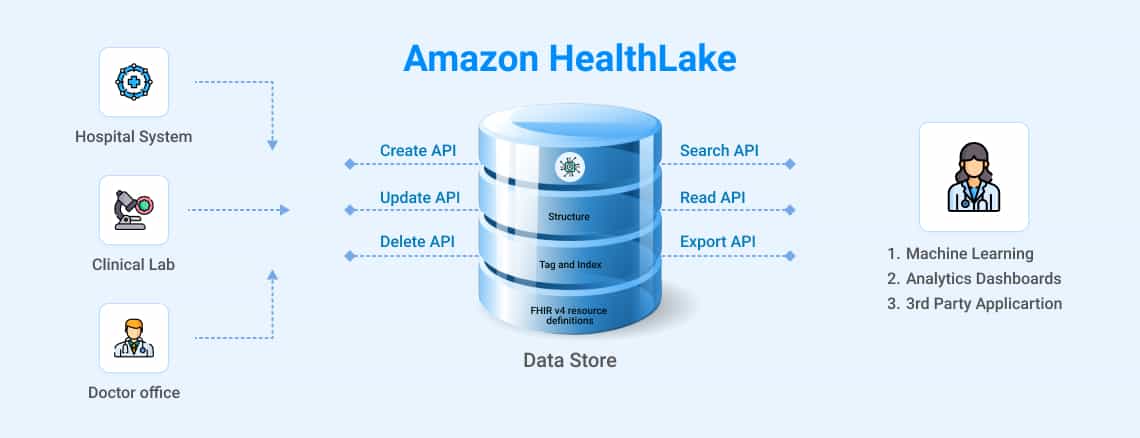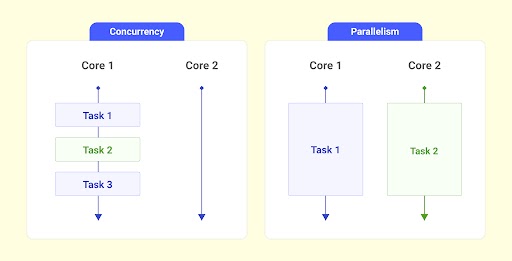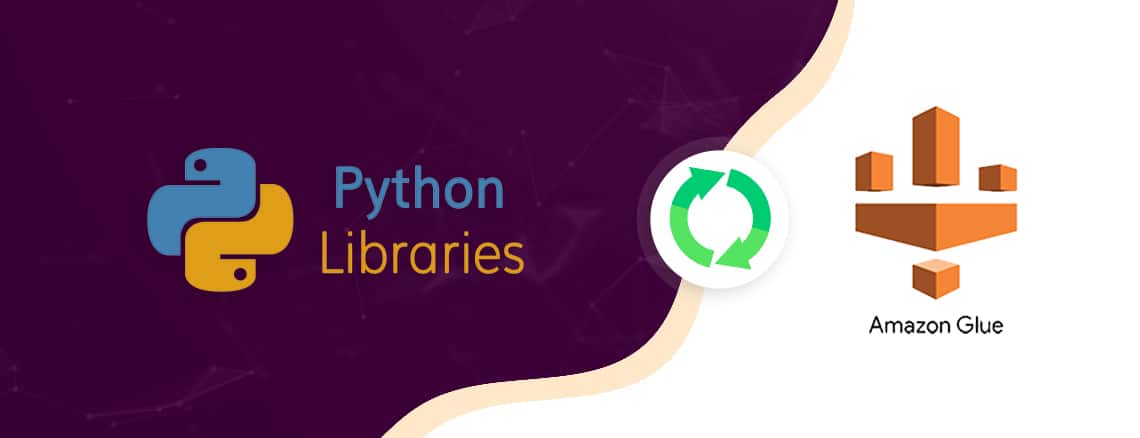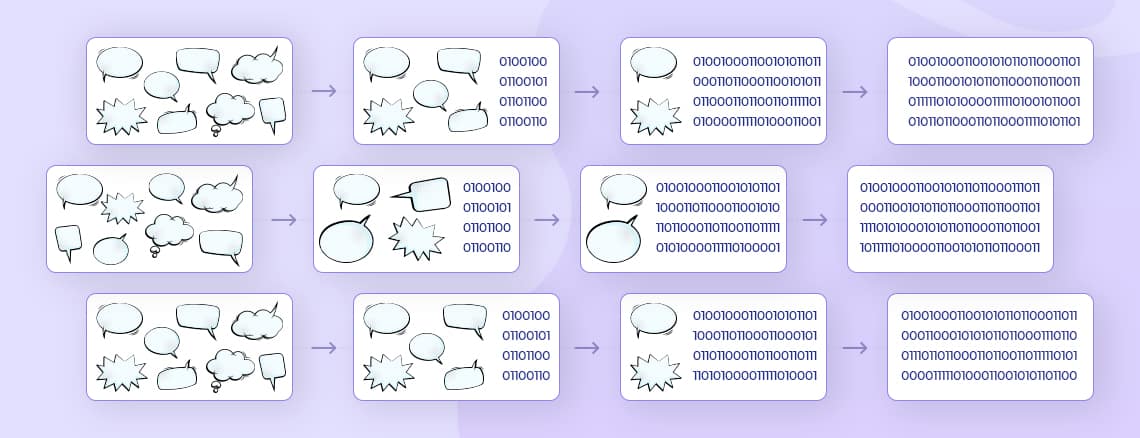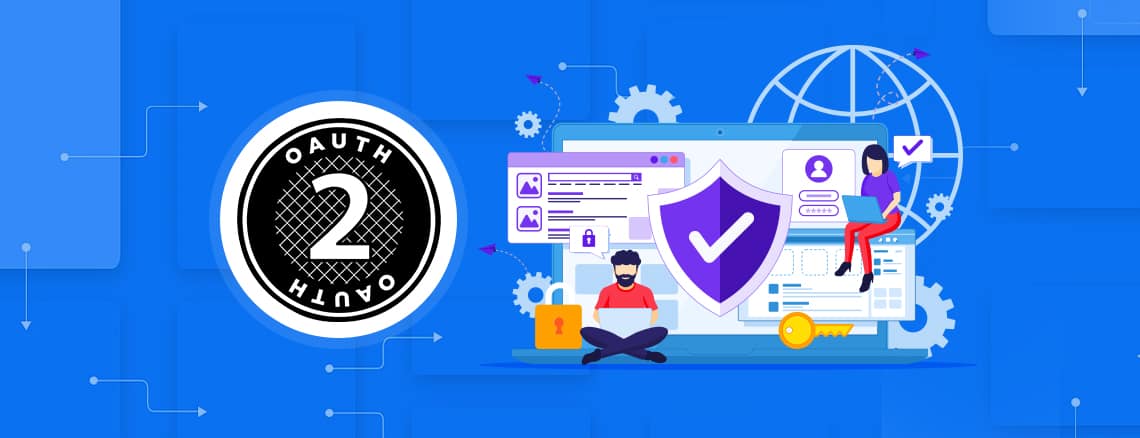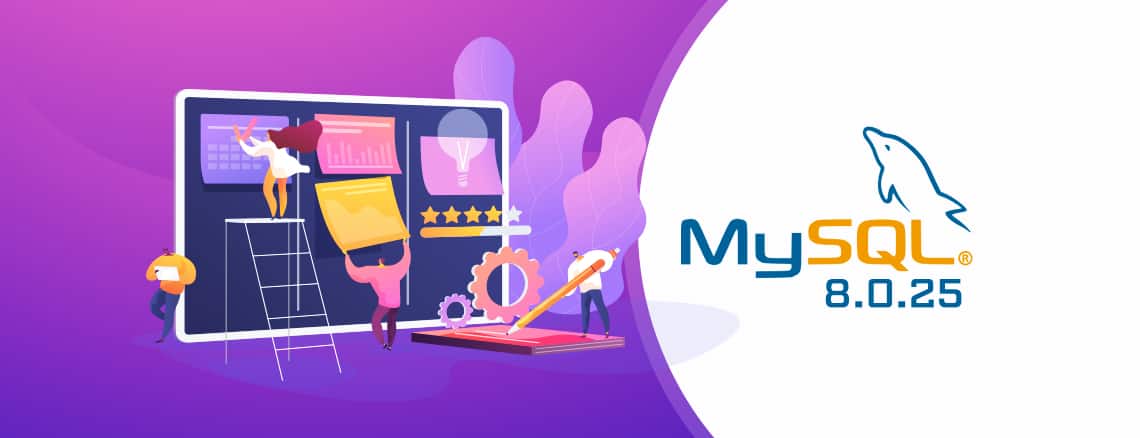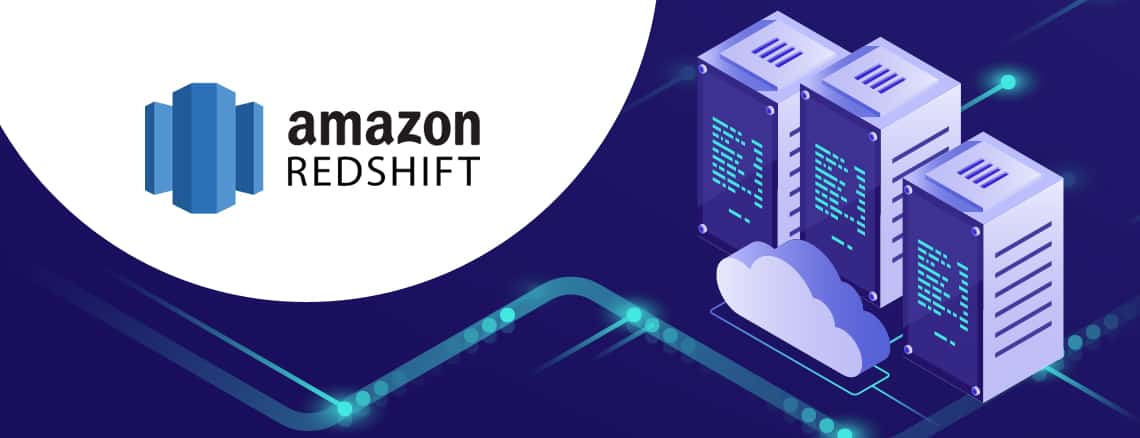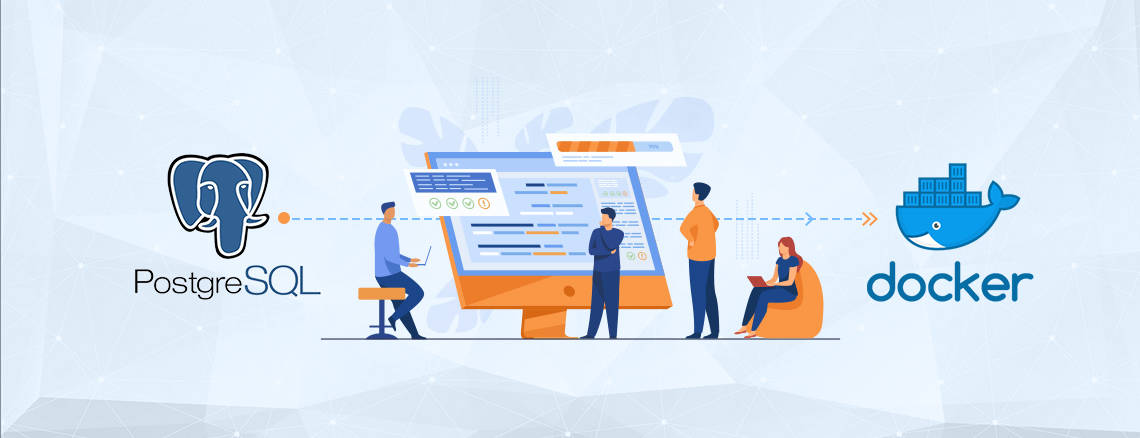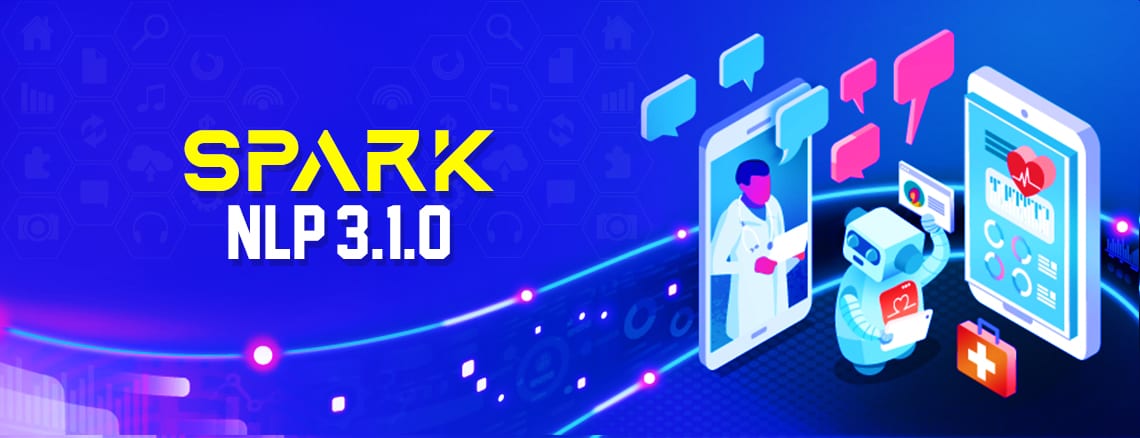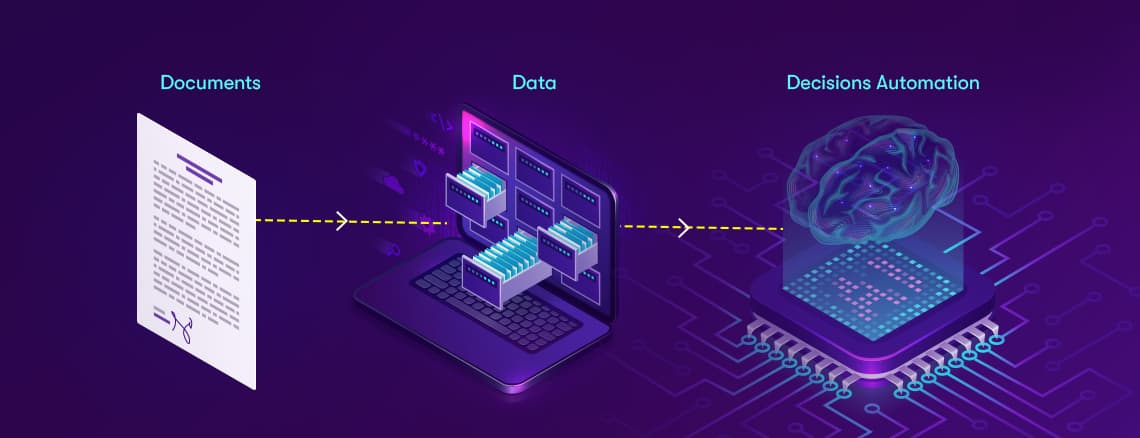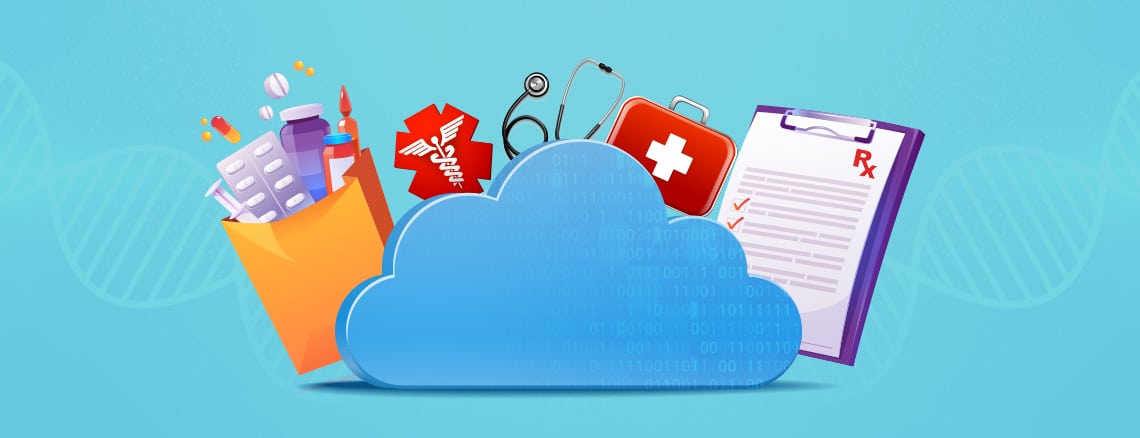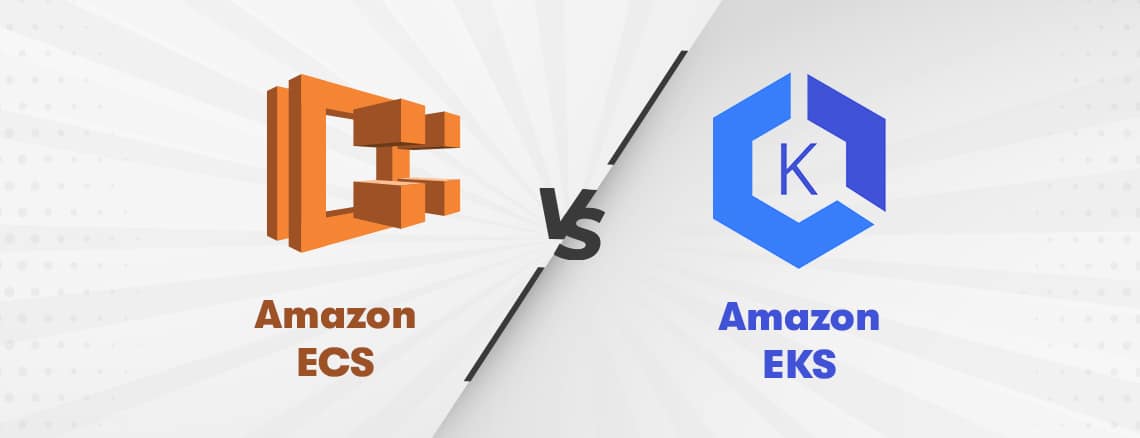Which is the best Business Intelligence Platform? Unfortunately, there is no single tool that fits all requirements. Business Intelligence tools today have a wide range of features, each designed to fit a different set of business requirements. Here is a detailed comparison of all the features to help you make the right choice.
Qlik Sense

Qlik Sense is a self-service analytic platform. It drives data discovery and data literacy for all types of users across an organization.
Its key features are:
- Associative exploration and search
- Smart visualizations
- Self-service creation and data preparation
- An insight advisor that generates charts and insights using AI
The insight advisor is capable of offering the most relevant insights for users. The Qlik Associative Engine of Qlik Sense empowers users, irrespective of their skill levels, to combine data and generate accurate information without the limitations of query-based tools.
Microsoft Power BI

The most functional benefit of the Microsoft Power Business Intelligence tool is that it can be used to seamlessly integrate Microsoft Azure services.
Microsoft Power Business Intelligence is a product suite that brings visual analytics to your fingertips.
- You can create interactive data visualizations and reports with these tools
- You can connect, mashup, model, and visualize your data as per your requirements
- You can place visuals as and where required
- You can analyze and explore your data
- You can also share content with others by publishing to the Power Business Intelligence web service.
- You can also view and interact with the data through a dedicated mobile application available on Android as well as iOS devices
Additionally, there are methods to authenticate data sources outside the firewall by using a separate tool called Personal Gateway. This helps you build additional security while collecting data from multiple resources.
Tableau Desktop

Tableau's live visual analytics and interactive dashboard allow the slicing and dicing of datasets for generating relevant insights and exploring new opportunities. Users can create interactive maps and analyze data across regions, territories, demographics, and more. Tableau helps to create a narrative story of the data analysis with interactive visualizations that can be shared with their audience.
Tableau offers a whole suite of products for varying business requirements
- Tableau Desktop Personal
- Tableau Desktop Professional
- Tableau Public
- Tableau Server
- Tableau Online
- Tableau Reader
AWS QuickSight

QuickSight is a Business Intelligence offering from AWS that is cost-effective and aimed to bring in seamless integration between various AWS services, though Quick sight BI is fairly new when compared to the other leading Business Intelligence providers, being a part of the AWS family adds tremendous value to this product.
Amazon QuickSight is a cloud-scale Business Intelligence service that enables you to deliver easy-to-understand data insights. The key feature of this service is accessibility. You can deliver your insights to people wherever they are.
Amazon QuickSight connects to your data in the cloud and combines data from many different sources and represents it in a single data dashboard.
As a fully managed cloud-based service, Amazon QuickSight provides the following features:
- Enterprise-grade security
- Global availability
- Built-in redundancy
- Information interpretation capabilities with an interactive visual environment.
- All the user-management tools that you need to scale from 10 users to 10,000
All these features with no infrastructure to manage, make it a viable Business Intelligence solution.
ThoughtSpot

ThoughtSpot’s Artificial Intelligence insights engine SpotIQ can automatically ask thousands of questions about billions of data points and bring back dozens of insights in seconds. It arms non-technical business users with insights through anomaly detection, trend analysis, comparative analysis, and more.
It enables stakeholders to use modern data analysis tools directly and eliminates barriers, like the need for users to rely on a specialized data team for reports and insights. With ThoughtSpot, users type questions into a search box like they would with Google or Bing and instantly get precise answers.
Feature Comparison
Pricing
Qlik SenseMicrosoft Power BITableau DesktopAWS Quick SightThoughtSpot$30/user/month
Power BI Pro $9.99/user/month
Power BI Premium $4,995/month
Power BI $20/user/month (Yet to be launched)$70/user/monthCost-effective Edition $24/User/Month
Standard Edition $12/User/MonthConsumption or capacity-based pricing
Always unlimited users
Cloud capability
Qlik SenseMicrosoft Power BITableau DesktopAWS Quick SightThoughtSpotAvailable for both on-premises and multi-cloud deployment
Connects to all leading cloud platformsConnects to all leading cloud platformsConnects to all leading cloud platformsConnects to all leading cloud platforms
Seamless integration with Snowflake
Storage Limits
Qlik SenseMicrosoft Power BITableau DesktopAWS Quick SightThoughtSpotQlik sense business edition 250 GB cloud storage and Standard app size limit (in-memory) 1.25 GB
Qlik sense business edition: 500 GB cloud storage and Standard app size limit (in-memory) 5 GBHas free storage
Power BI Pro: 1GB
Power BI Premium: 10 GB
Additional units can be purchasedUp to 100 GB storage on the cloudFor Standard edition, 25 million (25,000,000) rows or 25 GB for each datasets
For Enterprise edition, 250 million (250,000,000) rows or 500 GB for each datasetsCost based on the size of Data stored
Implementation
Qlik SenseMicrosoft Power BITableau DesktopAWS Quick SightThoughtSpotTime Consuming and complicated, usually needs a Qlik partner for implementationSimple to Implement when compared with Qlik SenseSimpler when compared to Power BI and Qlik SenseEasy to implement when compared to TableauNeeds a little effort and time for initial configuration and Implementation
Integration
Qlik SenseMicrosoft Power BITableau DesktopAWS Quick SightThoughtSpotCan connect to multiple data sources widely knownSeamless integration with Microsoft Azure cloud platform services and also other sources.Can connect to multiple data sources widely knownCan connect to multiple data sources widely known
Seamless integration with AWS cloud platform servicesCan connect to multiple data source widely known
Self Contained ETL
Qlik SenseMicrosoft Power BITableau DesktopAWS Quick SightThoughtSpotKnown for its unmatched ETL and large datasets handling capabilities
Qlik sense scripting for ETL is an added advantageNoNoNoNo
Data Modelling
Qlik SenseMicrosoft Power BITableau DesktopAWS Quick SightThoughtSpotCan perform extensive Data Modelling and best among the competitorsSupports simple data modelsSupports simple data modelsSupports basic data models using SQLLimited data modeling capabilities
Data Blending
Qlik SenseMicrosoft Power BITableau DesktopAWS Quick SightThoughtSpotSupports data blending to a larger extent compared to all the other toolsSupports data blending, but lesser when compared to Tableau and Qlik SenseSupports data blendingSupports data blendingAllows the user to combine data from multiple sources into functioning datasets
Security
Qlik SenseMicrosoft Power BITableau DesktopAWS Quick SightThoughtSpotProvides Row and User level securityProvides Row and User level securityProvides Row and User level securityProvides Row and User level securityProvides Row and User level security
Capability in Performing Advanced Analytics
Qlik SenseMicrosoft Power BITableau DesktopAWS Quick SightThoughtSpotYes, through third-party enginesYes, Provides Analytics use cases using Azure ML web servicesYes, supports predictive AI models directly within Tableau using ExtensionsYes, using ML insights supports web analytics, Financial planning
With ML Insights, Amazon QuickSight provides three major features - ML-powered anomaly detection, ML-powered forecasting, and AutonarrativesYes, with natural language processing (NLP), search enables conversational analytics so business users can ask questions directly from their data in natural language and instantly get results
R & Python Integration
Qlik SenseMicrosoft Power BITableau DesktopAWS Quick SightThoughtSpotYes, not as seamless as TableauExtensive support to R and Python Integration, lesser when compared to TableauExtensive support to R and Python IntegrationSupports integration but less compared to Tableau
The use of AWS services can be an added advantage while using QuickSightSupports R extensively and can create custom R scripts
Data Visualization
Qlik SenseMicrosoft Power BITableau DesktopAWS Quick SightThoughtSpotProvides strong backend data manipulation to have different visuals among the available charts
The Use of set Analysis makes it easy to achieve complicated calculations at the chart levelProvides backend data manipulation features with access to Simple Visualization
Also, the DAX commands enable it to achieve desired results for users by easing complex calculations seamlesslyAllows people of all skill levels to quickly discover actionable insights, all from an intuitive and visual interfaceProvides Simpler Visualization when compared with its competitorsProvides a decent number of visualization options
Mobile App
Qlik SenseMicrosoft Power BITableau DesktopAWS Quick SightThoughtSpotYesYesYesYesYes
Ease of use to Deploy and Administer
Qlik SenseMicrosoft Power BITableau DesktopAWS Quick SightThoughtSpotYesYesYesYesYes
Embedded analytics
Qlik SenseMicrosoft Power BITableau DesktopAWS Quick SightThoughtSpotYesYesYesYesYes
Key Drawbacks
Qlik Sense
One of the disadvantages that Qlik Sense may have is the limitation in creating visualizations. But there is the alternative of using extensions or mashups. However, this involves extended effort and may be time-consuming, and requires an in-house technical team. Qlik uses its own proprietary scripting language to design load scripts which will be a steep learning curve.
Microsoft Power Business Intelligence
Power BI cannot handle complex relationships between tables. There are a few limitations in visual configurations. Its UI is a little clumsy and it takes some time to get familiar with all the functionalities. Nesting statements in DAX might be complex. Handling big data is an issue in Power Business Intelligence as it takes more time to load data. Also for scheduled reports, Power Business Intelligence isn’t a great fit.
Tableau Desktop
Tableau does have a lag time when working with large data sets. When it comes to ETL Tableau is far behind compared to Qlik Sense or QlikView. Tableau supports plug-ins for visualizations and has proven to be an efficient solution. But, they often are not customizable and don’t take full advantage of the tool’s abilities. The prices are higher than other tools.
AWS Quick Sight
Many of the basic Business Intelligence tool features are missing or presented as a workaround approach. For complex business reports, users must depend on the ETL team for using other AWS services.
ThoughtSpot
The cost is too high and based on the GB or TB of data you store in the memory. It also lacks the capability to build reports quickly. Data loads are slightly complicated. SQL functions which can be readily coded in other platforms are absent in ThoughtSpot. This puts unnecessary pressure on the data model to be specifically tailored and therefore is less reusable.
The Final Verdict
BI tools are of great use when we want to comprehend our business trajectory. While the market offers multiple options, each tool has its edge over the other in terms of what it offers and its intended business targets.
An organization that already has its data on AWS Cloud and is looking to venture into Business Intelligence would be keen on using AWS Quicksight for its ease of use and integration with AWS services. An enterprise business might actually involve Qlik or Tableau for its vast capabilities, the right mix of modern plus traditional Business Intelligence, and for its continuous support and updates. Microsoft's Power BI backed by Azure Services is clearly making an impact through its competitive pricing and becomes a natural partner in Azure shop. Thoughtspot on the other hand seems promising and its partnerships with Snowflake for Thoughtspot Embrace can actually make things interesting in the near future.
The market space for BI tools is growing and getting more interesting by the day. We foresee many new tools being launched in the future.
There is no one-size-fits-all approach when it comes to selecting a Business Intelligence tool. Each Business Intelligence Platform has its own unique capabilities and shortcomings. When choosing the right BI tool, you need to factor in your needs, available budget, and in-house IT capabilities. Take into consideration the added business value vs the costs associated with maintaining the BI tool, and then make a decision.
Before finalizing a Business Intelligence tool, please use our detailed comparison and features analysis. The table will help you narrow down your choices and make your evaluations.






















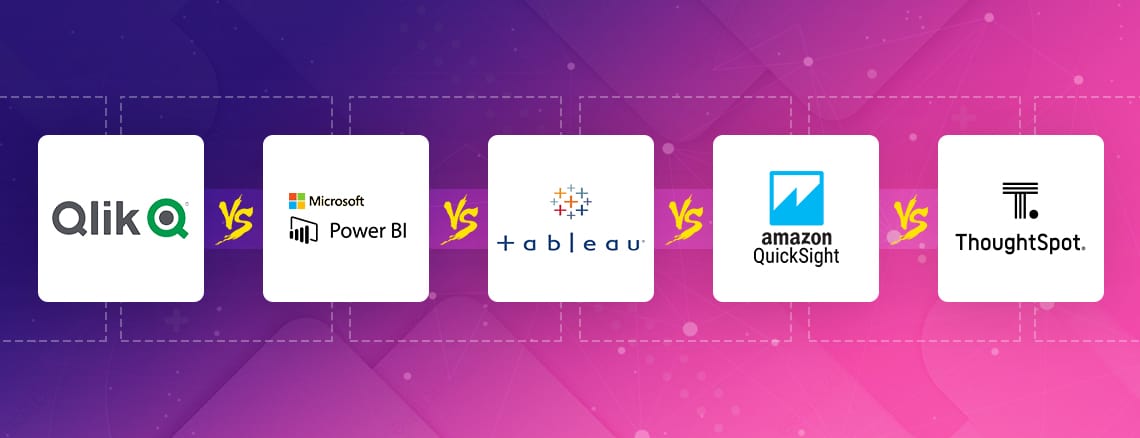



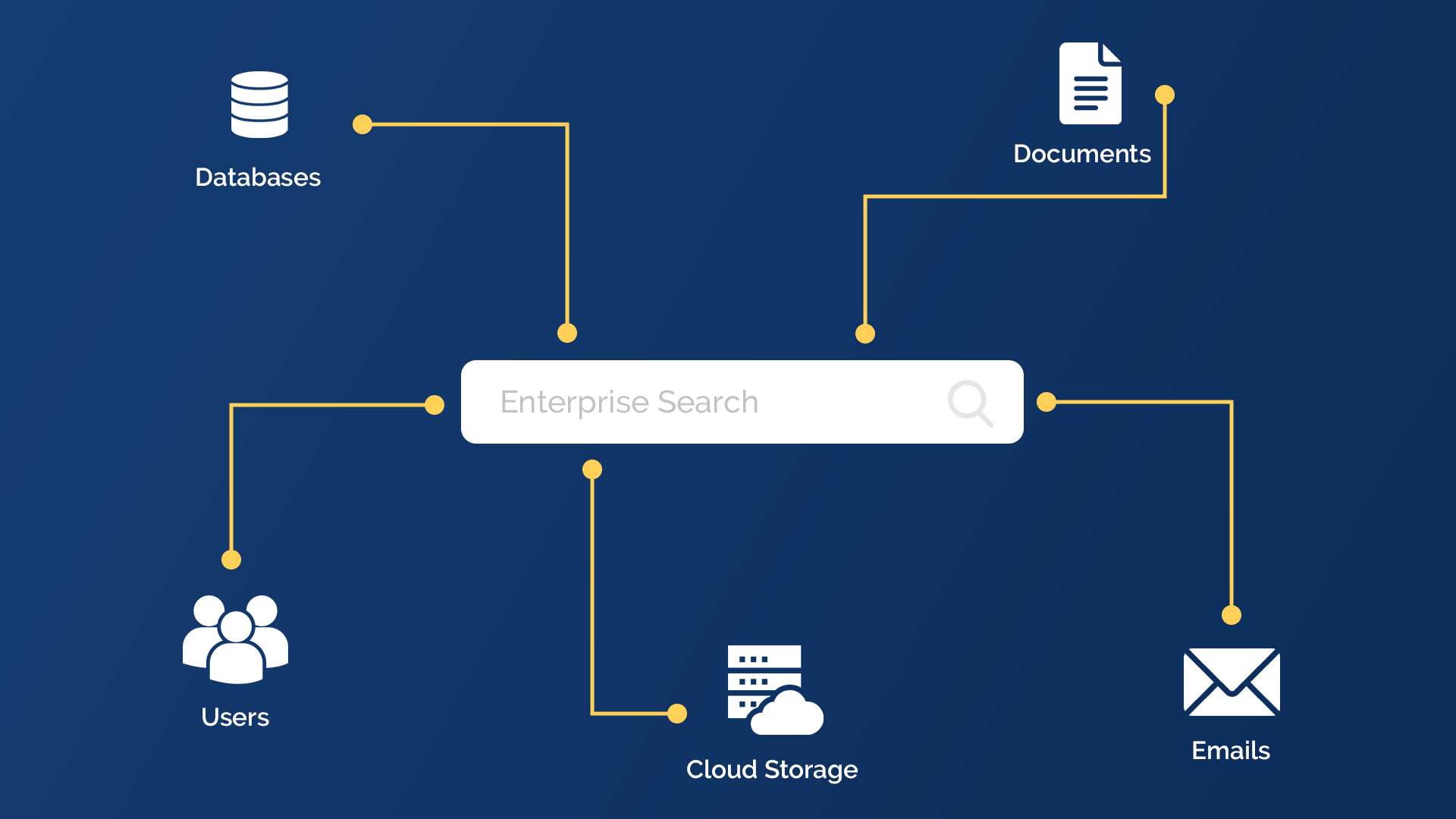




.png)


.png)
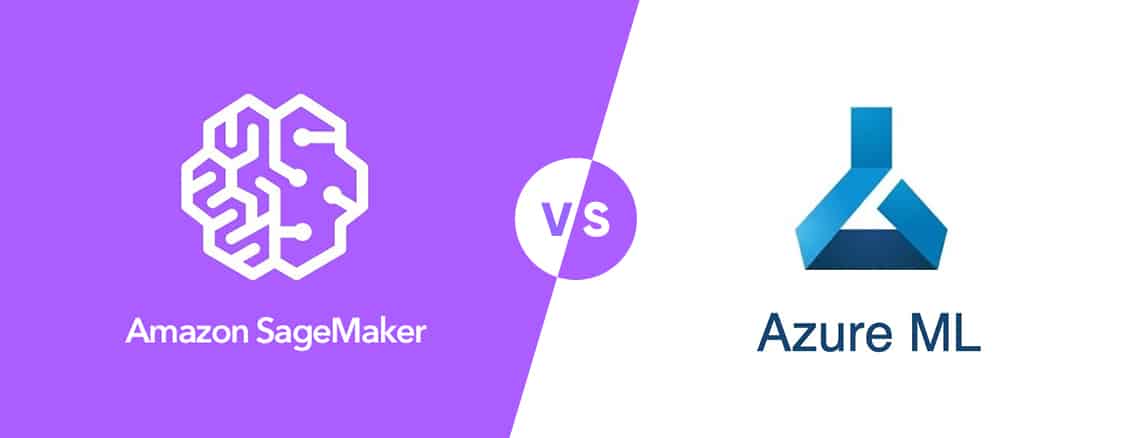

.webp)




